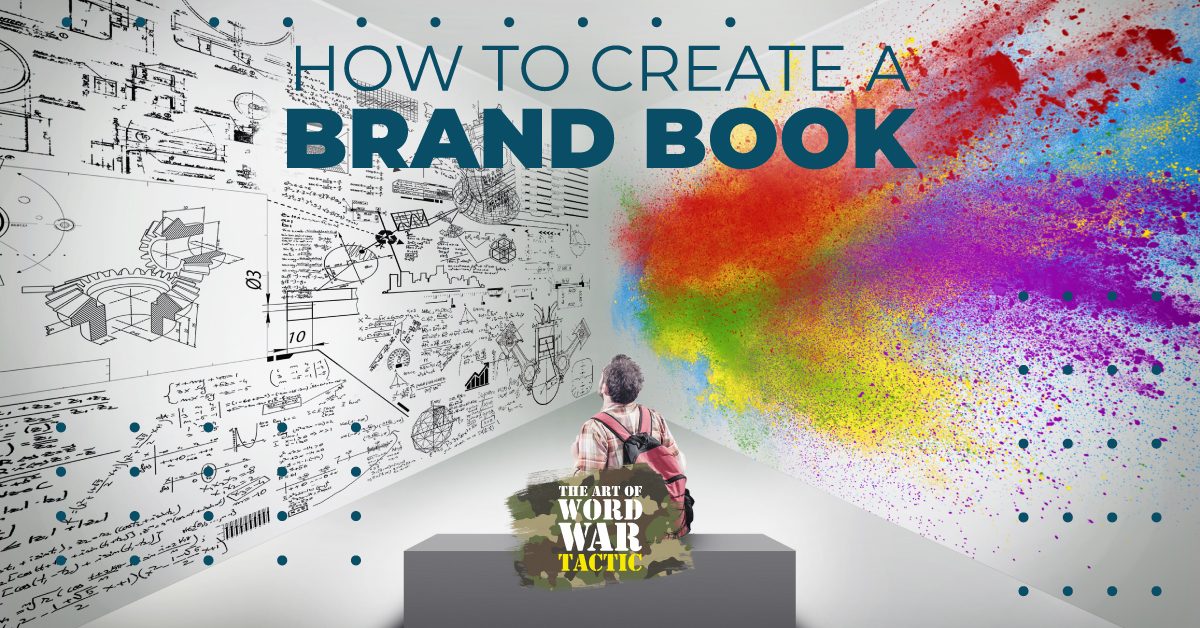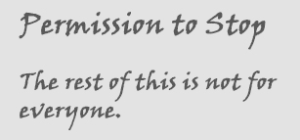Creating a Brand Book is the first step in a Professional Marketing Plan and it embodies the overarching messaging in text, image, audio, video, and whatever gets created next. Marketing Professionals either swear by or swear at the brand book. They swear by it when they get exactly what they wanted from an outside vendor or staff and the project quickly moves to final approval. They swear at it when it restricts their creative vision and creates what they consider to be busywork. Let’s explore why you should create and maintain a brand book, what it should contain, and who should bless the book. There is no attempt in this to walk through the branding process but rather to address the items that Digital Sales needs to deliver results. Let’s start with a true story from early in my career that illustrates the value of a brand book.
First a True Story
In the late 80’s, I was the fresh new CEO of a fast-growing Software Consulting Firm and we were the IBM Agent for the Distribution Industry for the State of Wisconsin. It was common for us to make joint calls with IBM Reps and we wore the traditional pin-striped suits, white shirts, and the rest of the IBM uniform. Fully decked out, it cost me more than $1,000 just for the uniform. That was the cost to be at the table. Our goal was to look, act, and perform seamlessly with IBM. The truth is that we were a small startup that was desperately trying to earn a reputation with the giant, IBM.
A Lesson Learned
We were in the final weeks of the 4th Quarter and we were on the final call of a multi-million dollar system sale. We were with our favorite IBM Rep and his Branch Manager. This rep had brought us 30% of last year’s revenue so he was beyond important to us. A close meeting with his boss was a rare event so the stakes were high and all the big guns were there. The entire project team was at this meeting which, truth be told, consisted of 80% of our entire staff at the time. At the start of the meeting, as is tradition, everyone put up their business card to the Executives in the room. Imagine the horror in my heart when I realized that none of our team’s business cards matched! Nothing matched; not the paper, not the art, not even the fonts or colors. They mismatched so badly that the customer commented on the eclectic variety and called them “cute”. Not the kind of word you want to hear in this type of meeting. The stare I got from the IBM Manager pierced my soul so deep that the terror I felt penetrated deep into my bones. IBM was over 60% of our total business and as a small startup, this was a huge blunder that could have sunk us.
We failed to close the deal that day. The IBM Manager made it absolutely clear to me that was never-ever-NEVER going to happen again. The Manager ordered a full marketing audit of our brand and collateral materials. If we had anything that had even the smallest possibility of ending up in front of an IBM customer, he wanted it reviewed.
The next morning, there were three seriously concerned IBM Marketing Managers waiting for me in my office. We failed the first audit miserably. We worked hard and quickly got everything up to standard. Our next objective was to rebuild the trust we had clearly damaged. Two weeks later, with help from an amazing IBM rep, we closed the deal, albeit, with a big lesson learned.
The Moral of the Story
Brand consistency generates trust and a $20 box of business cards done wrong, can cost you a million dollar deal. As we all know, it takes 100 “attaboys” to close a deal, but only one “o’shucks” to lose it. We discovered that it costs as much in time and treasure, to do it wrong, as it does to do it right. To this day, it amazes me that people struggle to find the time to do it right but they always seem to find the time to do it over.
 Permission to Stop Reading
Permission to Stop Reading
The following is a detailed discussion of the recommended sections of a brand book. It serves as a checklist of the major items that should exist in any basic brand book.
What should a Brand Book Include?
Great question. First is that Brand Books often go by other names but all of these are the same thing. Some professionals call these Brand Standards or Brand Guidelines and here are the common major sections:
-
The Umbrella Brand
The Umbrella Brand section discusses any brand that is superior to the brand in the book. Since Umbrella Brands are often included with creative materials it is important for the team to understand the rules, relationships, and story linkages.
-
The Brand Story
At the highest level, the story of the brand needs to be articulated so the team understands the broad vision of the brand.
-
Color Palette
The color palette contains all the colors used within the brand. This includes the technical details of the RGB and Hex Color Codes. If your brand extends to printed materials and you use a PMS (Pantone Matching System) color then you would add that as well. RBG (Red Blue Green) Code is the most common for online use but in html, Hex Color Code is often used.
-
Typography
In this section, you should itemize all the fonts used within the brand. This includes the Fonts used in the Logo as well as within Text Documents. In our example, we use Stencil for the primary font because it is widely used in the Military and our Brand Story connects The Art of Word War to a Military heritage. When you get to document fonts, it is best to stay with easy to read fonts like Arial. In brand standards it is important to use as many fonts as necessary; but no more than that.
-
Text Standards
In this section, are the specifications or guidelines used in your text content. Included in this are rules for headers, paragraphs, and font uses. Refer to the Brand Book Example to see how these sections vary from each other.
-
Layout Guidelines
Gives general considerations for layout with design concepts, white space, rank and colors.
-
Ad Examples
This section includes recent ad examples along with exceptions granted for the ad and the reasoning. Ads require experimentation so exceptions are common but they have to be justified. This section should also include a few examples of ads that are not approved due to violating brand standards and the reasoning behind non-exception violations.
-
PowerPoint & Video Standards
Video is common in digital marketing and this section discusses standard for this along with general conceptual design comments.
-
Brand Variations
This is an optional section for variations created for specific reasons. Our example book, “The Art of Word War” has sub-brands for Tactics, How to, Basic, Staffing, Strategy, and Update. Each sub-brand should include a sample and discussion of its purpose.
-
Artwork Mechanical Specs
This section includes common information for design mechanicals. This includes standard sizes, file formats, and other detailed specs. This will often has subsections for web content, print, video, and audio. This ensures that production staff knows format and resolution for all the marketing assets.
-
Image Selection and Treatments
This section includes image guidelines and themes. For example in the Art of Word War we use a brush effect on the edges of our photos as part of the brand.
-
Article Guidelines
Articles are a creative activity so what you find in this section are broad concepts, not rules. This section is optional since not all brands include an article tactic within the strategy.
Reading about a brand book is different than looking at one. If you would like, you can download the Brand Book for “The Art of Word War” from our website.
If you want a complimentary 15-minute brand consultation by EMPATH, a brand consultancy who has helped 500+ brands find their truth, clarify their messaging, and design amazing creative? Apply now and learn how EMPATH can help design a brand strategy for presenting yourself to the world across all media in all situations.





